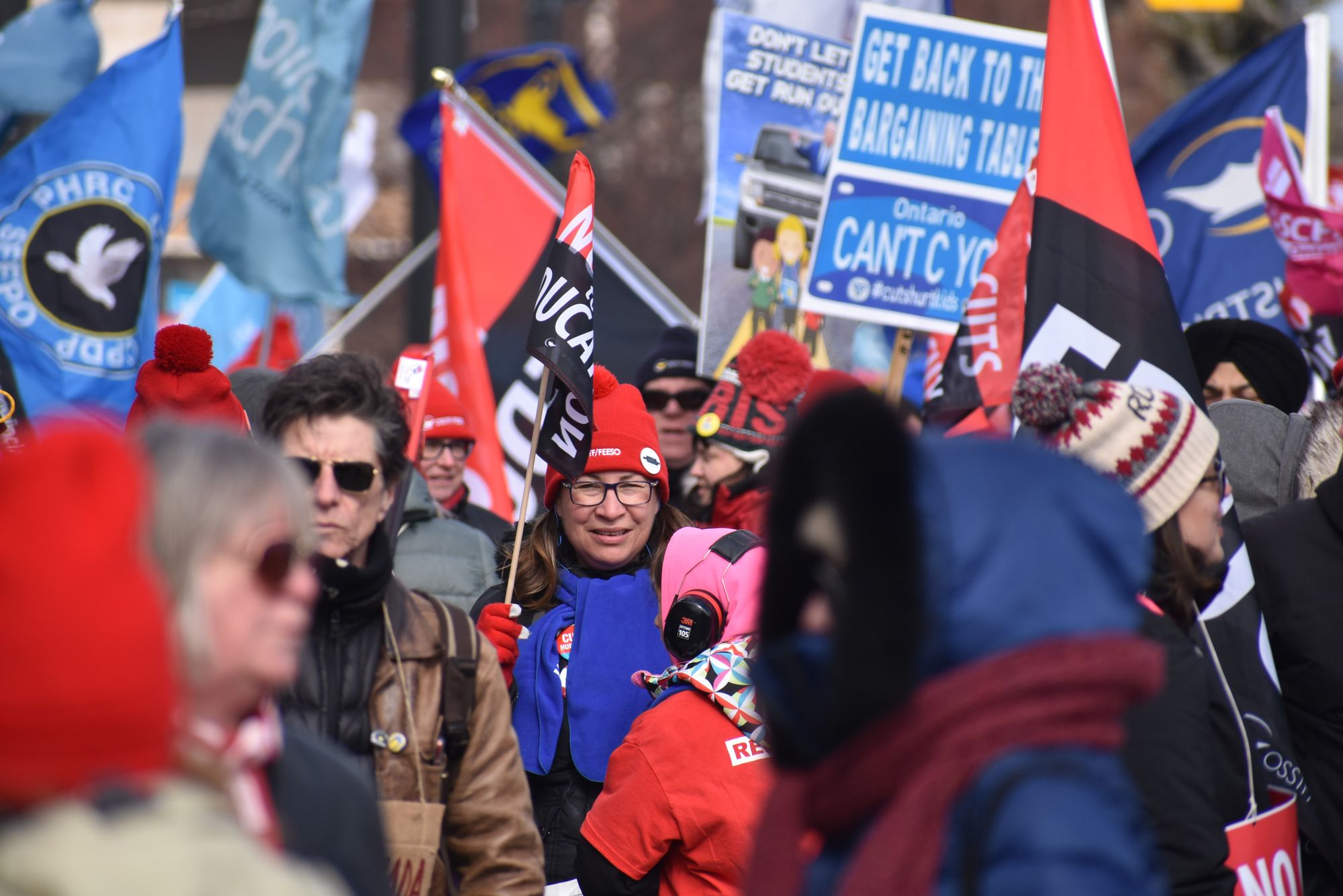It’s a tale nearly as old as capitalism: union-busting.
For the past 150 years, U.S. employers have been waging a subtle — and not-so-subtle — war against workers through union-busting efforts. The once-violent conflicts between workers and employers during the Second Industrial Revolution have, on the whole, turned into much more covert and subtle efforts in recent history. However, union-busting efforts today are arguably more impactful and widespread than they were more than a century ago.
Below, we dive into a brief history of union-busting efforts and what the current landscape looks like for labor unions.

Union-busting during the Second Industrial Revolution
A surge in manufacturing paired with a rapid rise in immigration during the mid-to-late 1800s and early 1900s allowed employers to create workplaces that often had poor working conditions, long hours, and unfair wages.
The Knights of Labor, eventually replaced in dominance by the American Federation of Labor (AFL), became the first major labor union to organize on a nationwide scale. Many — but not a majority — of these pro-labor efforts turned violent.
One of the common denominators in several union-busting efforts during this time was the Pinkerton Detective Agency, an organization that was seen as employer brass during the era. From Sarah Jones in The New Republic:
Pick a bloody labor conflict—the massacre of miners in Ludlow, Colorado, the Homestead battle, the Coeur d’Alene strike of 1898—and the Pinkertons played an active role in instigating hostilities. Agents infiltrated unions, spied on their activities, and reported back to company owners. “We never sleep,” they promised.
U.S. law enforcement and militia also played a role in these violent strikes, as was the case in the town of Ludlow, Colo. where miners had been striking for several changes to the workplace. National Guardsmen, in coordination with Pinkerton and the Baldwin-Felts Detective Agency (similar to Pinkerton), killed 26 people to retaliate against the death of a strikebreaker.
The weakening of labor unions
As worker-employer disputes continued throughout the first half of the 20th century, union-busting went corporate. Brute force was replaced with spies, bribery, and other tactics that sought to suppress (or convert) pro-union supporters, particularly those at the management level within labor unions.
Many of those efforts were uncovered during a three-year span during the late 1950s when the Committee on Improper Activities in Labor and Management found substantial corruption occurring within employers and labor unions. This eventually led to the Labor Management Reporting and Disclosure Act of 1959, which, among other measures, required labor unions to more transparently disclose their financials. More importantly, the legislation also required companies to disclose their anti-union efforts.
But, if anything, union-busters became stronger after the law was enacted. Through a loophole, union-busting consultancies were able to continue assisting employers in a different, more subtle approach to undermine the fabric of workers’ rights. These consultancies and law firms “take advantage of weak labor laws and ineffective regulatory agencies to bust unions right and left instead of having employers ask the governor to call out the National Guard,” Kim Phillips-Fein writes in Mother Jones.
So, how effective have these union-busting efforts been in recent over the past half-century? From 1983 to 2020, union membership rates in the private sector fell from 16.2% to 6.3% even though for more than 80 years, public support of unions has never dropped below 48%.

Modern-day union-busting
If any of the events over the past century have made clear it’s that union-busting isn’t going away anytime soon.
In 2018, Frontier Communications hired Securitas USA (the now-parent company of Pinkerton) and Pinkerton Consulting & Investigations to provide security services against striking employees.
A November 2020 Vice article reported that Amazon, which hired Pinkerton, may be keeping closer tabs on its employees than previously thought. For instance, its global division team leads receive updates on labor organizing stirrings, including “the exact date, time, location … [and] the number of participants at an event … [including] a description of what happened, such as a ‘strike’ or ‘the distribution of leaflets.’”
Additionally, the article found that the e-commerce giant has been conducting information-gathering techniques including the monitoring of social movements and activists on social media such as France’s Yellow Vests and environmental activist Greta Thunberg.
These findings came on the heels of reports that Amazon planned to allocate significant resources toward software that would analyze and visualize union data, as well as internal job postings (later deleted) for intelligence analysts that, among other things, would track “labor organizing threats.”
Amazon isn’t the only culprit. Companies like Google, Wal-Mart, Tesla, Nissan and Trader Joe’s have all taken a side against unions.
Union-busting — it’s disgusting
We’ll level with you. Very few employers will willfully and happily offer you a seat at the negotiating table.
But you’re not alone. Thinking about starting a union at your workplace, Go for it.



